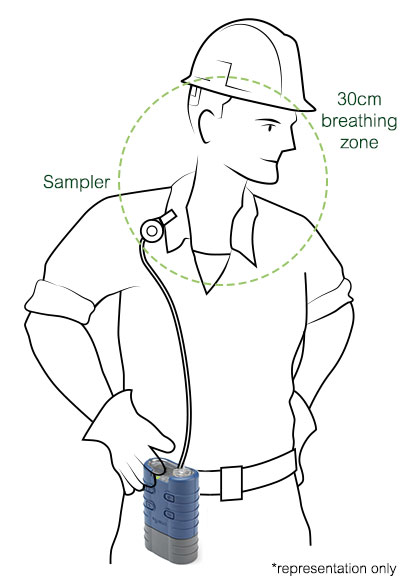

The risk of avian influenza has now reduced to low (meaning, event is rare but does occur) for all poultry. The measures have been vital in protecting flocks across the country from the virus which is circulating in wild birds. The enhanced biosecurity measures were brought in across Great Britain in November when there was a medium risk (meaning, event occurs regularly) for some poultry premises. The Avian Influenza Prevention Zone ( AIPZ) for poultry and captive birds, introduced to help stop the spread of avian influenza (bird flu) has been lifted. You can also get Defra email alerts or subscribe to Defra’s RSS feed by copying and pasting this RSS feed URL into your feed reader. You can sign up to our alerts service to keep up to date with the latest news. Poultry includes chickens, ducks, turkeys, geese, pigeon (bred for meat), partridge, quail, guinea fowl and pheasants. This is a legal requirement if you have 50 or more birds. You should register your poultry, even if only kept as pets, so we can contact you during an outbreak. If you have any concerns about the health of your birds, seek prompt advice from your vet. For further information see our advice to the public.Īll bird keepers (whether you have pet birds, commercial flocks or just a few birds in a backyard flock) must keep a close watch on them for signs of disease and maintain good biosecurity at all times. 3 or more dead gulls or wild waterfowl (swans, geese and ducks)ĭo not touch or pick up any dead or visibly sick birds that you find.You should call the Defra helpline (03459 33 55 77) if you find: In Scotland, contact your local Field Services Office. If you suspect any type of avian influenza in poultry or captive birds you must report it immediately by calling the Defra Rural Services Helpline on 03000 200 301. The linear regression slope of 0.70 and intercept of 0.03 were influenced by the quantity of ABS data collected and model parameter input distributions at a site broader than those at other sites.Avian influenza (bird flu) is a notifiable animal disease. Modeled breathing zone concentrations were statistically correlated ( p-value < 0.001) with independently collected ABS concentrations. Both models predicted probability distributions of asbestos breathing zone concentrations that bracketed experimentally measured personal exposure concentrations. A Monte Carlo simulation calculated the breathing zone concentration probability distribution for each scenario. A Lagrangian model tracked the cumulative number of individual particles entering the breathing zone volume at a particular time. The second scenario modeled exposure in a quiescent environment. One scenario used an Eulerian model based on a Gaussian concentration distribution to quantify aerosol exposure in the trailing wake of a moving object. The model predicted the particle emission rate, tracked particle transport to the breathing zone, and calculated the breathing zone concentration for two scenarios. As an alternative approach, a probabilistic model based on aerosol physics and fluid dynamics was developed to predict the breathing zone concentration of a particulate contaminant emitted from a surface during activities of variable intensity. Activity based sampling determines the contaminant concentration in a person's breathing zone as they perform a scripted activity, such as raking a specified area of soil, while wearing appropriate sample collection instrumentation. Activity based sampling (ABS) is typically performed to assess inhalation exposure to particulate contaminants known to have low, heterogeneous concentrations on a surface.


 0 kommentar(er)
0 kommentar(er)
